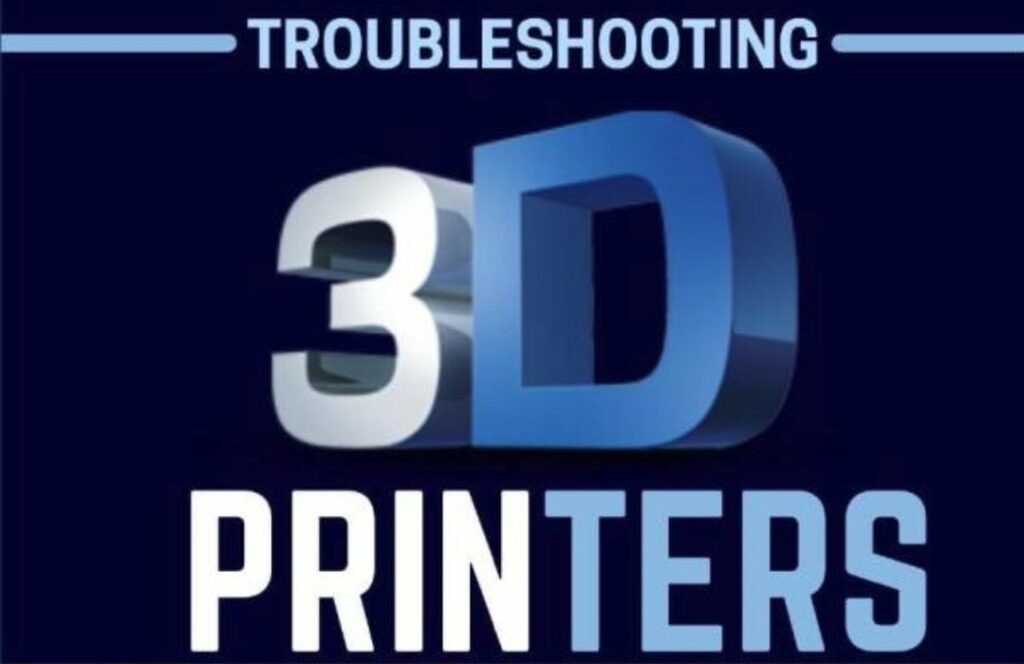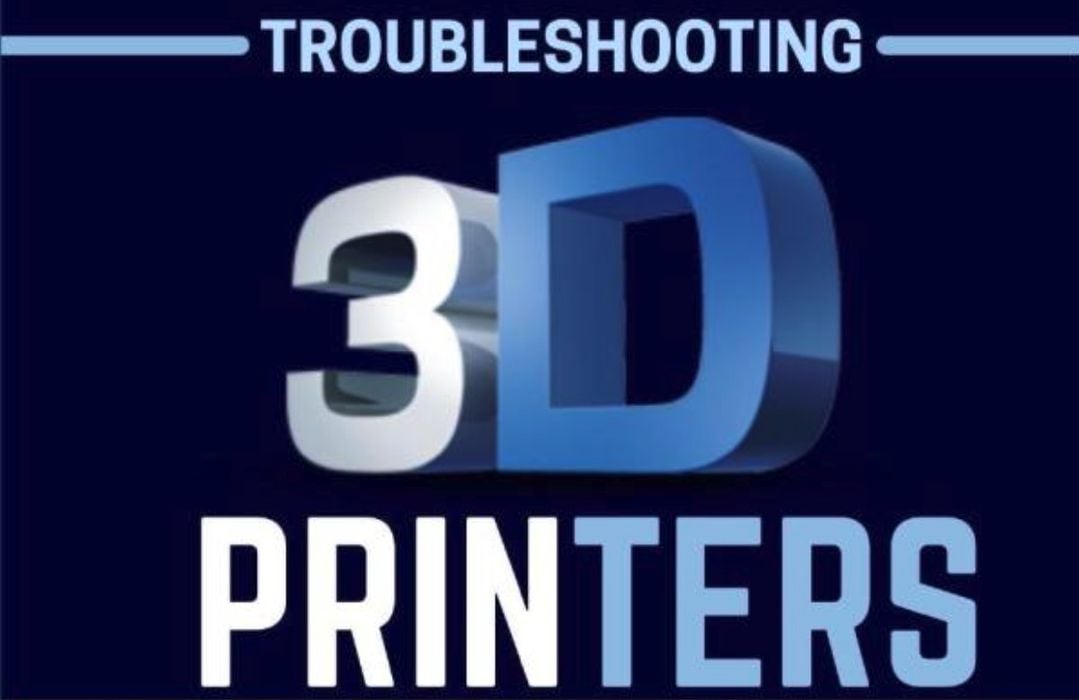
This week’s selection is “Troubleshooting 3D Printers” by Carty Binn.
3D printers are notorious for failing, and they can do so in many different ways. Because of this, novice operators often simply abandon their machine. In spite of spending good money on a machine that provides value, many people lose their investment when a failure inevitably occurs.
Thus it is strongly recommended that anyone operating a 3D printer learn the basic skills necessary to keep the machine running. Unfortunately, unless one has help, it can be challenging to learn those skills first hand.
Ideally, the best way to learn is to have an experienced operator at your side to show you what to do in the various failure scenarios. However, if that isn’t an option — and it isn’t for most people with a new desktop 3D printer these days — then a book is the second best option.
This book focuses directly on 3D printer failures and what do to in each situation. The book is designed for those operating FFF-style 3D printers, which is by far the most common type available. Resin 3D printers don’t seem to be covered in this book, so if that’s your machine, then you may have to look elsewhere.
I’m impressed with the problem coverage of this book. It begins with a basic discussion of the mechanics of a FFF 3D printer, which is important even if one already has the device — some people won’t understand what’s really happening when the device operates.
Binn proceeds to work through a long series of different machine components, including typical problems with the motion system, end stops, motors, power supply, print bed surface, dual extrusion and much more.
Binn also spends time explaining the standard maintenance procedures that one should undertake to keep a FFF 3D printer operating for a long useful lifetime.
For failure scenarios, it’s hard to find a more comprehensive list than is covered by Binn. Some of the topics include:
- Bed adhesion
- Built-up materials on the nozzle
- Elephant foot
- Snapping filament
- Gaps on top layers
- Ghosting
- Layer shifts
- Nozzle clogs
- Underextrusion
- Warping
- Cooling
And there’s tons more. I think you’ll agree that the level detail provided here is significant, and it’s very likely any scenario you encounter will be explained in some detail by the book.
Note that some of the explanations are quite technical, and may stretch the capabilities of the operator. On the other hand, having a clearly laid out explanation is a great opportunity to learn a new skill and be much more capable of keeping your 3D printer going.
If you’re a novice FFF 3D printer and want to learn more about what to do when things go south, this could be the book for you.
We’re an Amazon Associate and earn a small fee from qualifying purchases. Help support our 3D print news service by checking out this book!
Via Amazon

